Hyperlipidemia is not as common in cats as it is in dogs and humans, but cats can have too much fat in their blood. This happens as a result of a hereditary disorder or an underlying disease. Symptoms may include vomiting and diarrhea, or a cat may exhibit no symptoms at all. It's normal for blood lipid levels to temporarily increase after a meal and return to normal later, but sustained high blood fat is problematic and should be evaluated by a veterinarian.
What Is Hyperlipidemia?
Hyperlipidemia is the condition in which an animal has excess fat in its blood. The main lipids normally found in the blood are triglycerides and cholesterol. When one or both of these levels are elevated in the blood, the cat is considered to have hyperlipidemia.
There are two forms of hyperlipidemia in cats, both of which exhibit the same potential symptoms but have different causes:
- Primary hyperlipidemia: an uncommon hereditary disorder
- Secondary hyperlipidemia: an underlying disease process causes an increase in blood lipid levels
Symptoms of Hyperlipidemia in Cats
You may not notice any signs of illness in the early stages of hyperlipidemia. This is why it's so important for cats to see the vet for annual or biannual check-ups. As cats age, vets recommend routine blood work to look for abnormalities such as hyperlipidemia, which may be detected in a blood test without owners having noticed any of the following signs:
Cats with hyperlipidemia may exhibit a variety of signs. This is because there is usually another disease underlying the condition. If there is an associated disease process occurring, the cat may show signs of that disease as well. This is why it's important to contact your veterinarian if your cat is showing any signs of illness.
What Causes Hyperlipidemia in Cats?
Primary hyperlipidemia in cats is rare. This is an inherited disease that can occur in any cat but is seen more often in Himalayan cats.
Secondary hyperlipidemia in cats is caused by another disease process or external factor, such as:
- Obesity
- High-fat diet
- Medications (especially corticosteroids)
- Pancreatitis
- Diabetes mellitus
- Liver disease
- Protein-losing nephropathy
- Cushing's disease (very rare in cats; usually linked to diabetes mellitus)
How Vets Diagnose Hyperlipidemia in Cats
Diagnostic blood work is a veterinarian's top tool for identifying hyperlipidemia. If too much fat shows up in the results, further lab tests are often needed to determine if the cat has primary or secondary hyperlipidemia.
If the vet can find an underlying cause, the cat will be diagnosed with secondary hyperlipidemia. If no underlying cause is found, the cat will be diagnosed with primary hyperlipidemia.
How to Treat Hyperlipidemia in Cats
Treatment for primary hyperlipidemia involves dietary modifications. Most cats will need to be on a low-fat diet for the rest of their lives and can remain quite healthy. Medications are not usually necessary.
Secondary hyperlipidemia treatment is dictated by the specific cause. For example, cats with pancreatitis will likely need hospitalization and supportive care to treat pancreatitis. Cats with diabetes mellitus may need to begin insulin and have their diets changed. If obesity is determined to be the underlying cause, then weight loss will be necessary. This typically means a change in diet and lifestyle for the cat.
Prognosis for Cats with Hyperlipidemia
While the prognosis depends on the cause of the hyperlipidemia, the condition is treatable with dedicated dietary management. With proper treatment targeting the underlying cause of a cat's high blood fat, the cat will often recover and live a much healthier, happier life.
How to Prevent Hyperlipidemia in Cats
The best way to prevent secondary hyperlipidemia in cats is to prevent underlying diseases or keep them from becoming overweight by feeding a healthy, complete, and balanced cat food with adequate exercise.
Be sure you are bringing your cat to the vet once or twice a year for wellness examinations. Your vet may be able to detect a disease in the early stages before it has caused any signs of illness.
The only way to prevent primary hyperlipidemia in cats is to make sure cats with the disease are not used for breeding (because the disease is inherited).

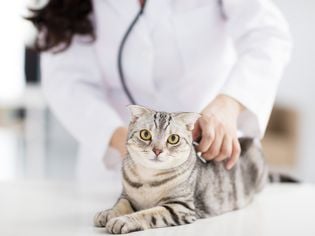
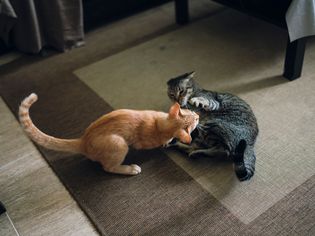

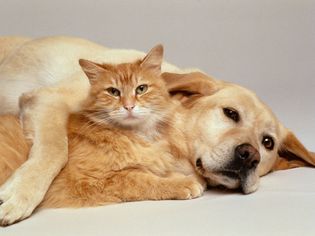
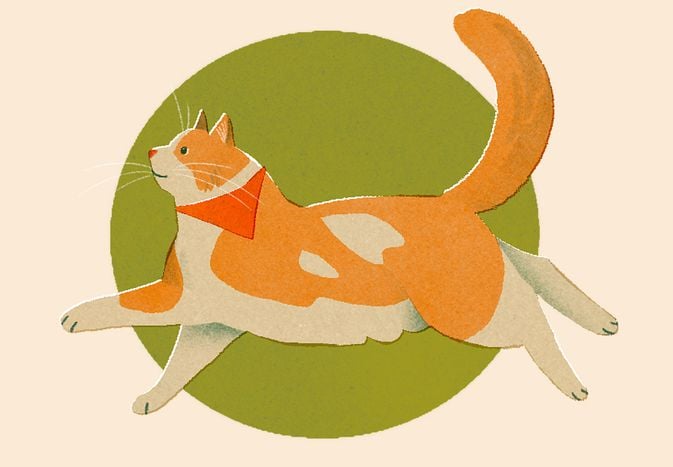
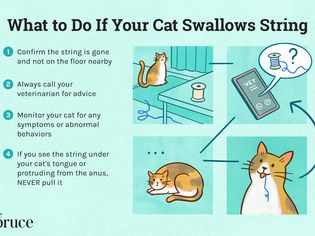
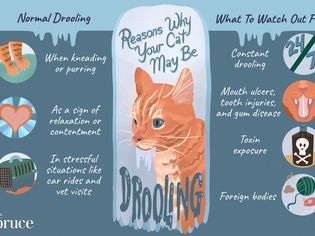
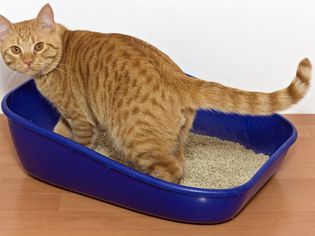
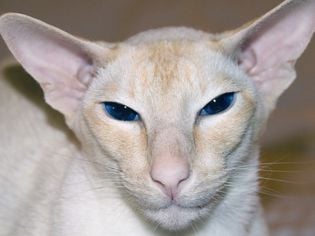
Comments on " Hyperlipidemia in Cats" :